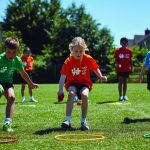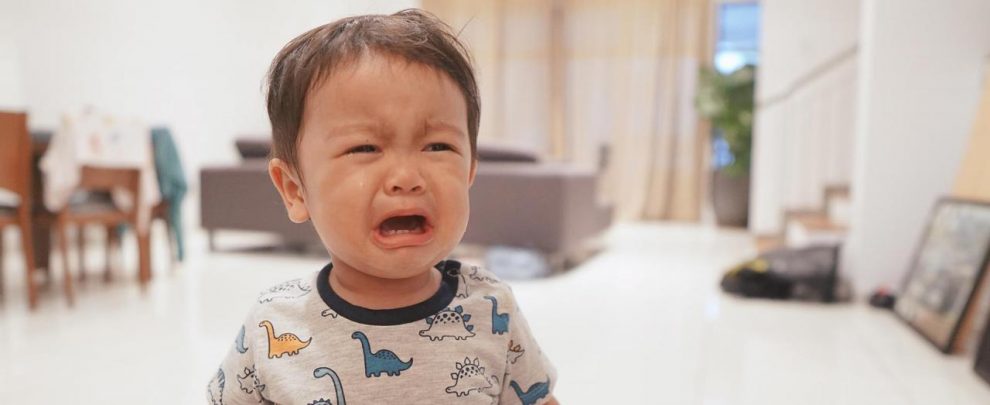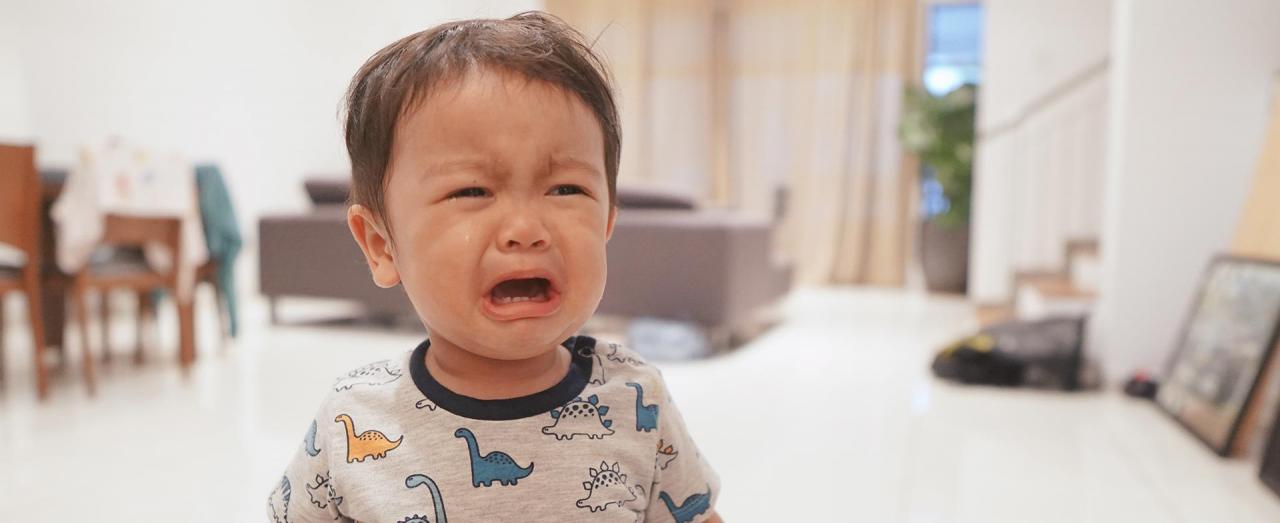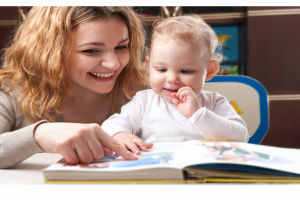The preschool years represent a major transition for young children as they start spending time away from their primary caregivers. While an exciting developmental milestone, this separation can also trigger anxiety. Many children experience clinging, crying, or distress when first dropped off at preschool. These reactions are developmentally normal. With understanding and preparation, parents can help ease the adjustment during this emotional rite of passage.
Understanding Separation Anxiety
Separation anxiety peaks between 2-3 years old as children start gaining independence while still relying heavily on their caregivers. Common preschool separation issues include:
- Crying, screaming when saying goodbye
- Clinging to parent at drop-off time
- Showing reluctance to enter the classroom
- Frequent bathroom requests or tummy aches
- Exhibiting regressed baby-like behaviors
These behaviors do not signify a problem, but rather a healthy attachment system. Children naturally become distressed when separated from their primary source of comfort and security. Separation anxiety reflects their social-emotional growth.
As psychologist Aletha Solter explains, “Crying when left alone is a healthy, adaptive response. It elevates stress hormones to help a child deal with a stressful situation.” With support, children build coping skills to self-soothe and manage this stress response. Preschool prepares them to handle separation.
Preparing Your Child
Proactively preparing children can help minimize turbulent preschool transitions. Consider these tips before the first day:
- Read books about starting school to normalize new social situations and expectations
- Role play preschool routines like saying goodbye, listening to the teacher, playing with friends
- Visit the classroom beforehand to meet the teacher and explore; drive by to point out the school
- Practice separations by leaving your child with a trusted caregiver for short periods
- Arrange playdates with new preschool classmates to build familiarity
- Establish consistent nurturing goodbye and pickup routines to provide security
Additionally, maintaining solid sleep and eating schedules provides stability. Avoid introducing other big transitions like weaning from a bottle/breast or potty training right before preschool begins.
As child psychologist David Elkind says, “Preparation is the key to minimizing separation anxiety.” Guiding children through the preschool transition with empathy and support sets the stage for a positive experience.
Saying Goodbye
The parent goodbye routine greatly impacts the tone of the preschool drop-off transition. Rushing through fragmented goodbyes can heighten a child’s anxiety. Aim for a calm, consistent, supportive send-off.
- Arrive early to allow relaxed quality time before class starts
- Give a warm hug and kiss along with reassuring words like “I know you can do this!”
- Help your child settle in by walking them to their cubby, coat hook, circle time rug
- Keep goodbyes brief and definite – prolonging departure exacerbates anxiety
- Hand-off directly to a teacher – escaping increases separation stress
- Tell your child when you will return to provide concrete understanding of the timeline
- Follow through on your pickup commitment to establish trust
According to early childhood experts, “a simple, predictable goodbye routine provides comfort and demonstrates confidence in your child’s ability to manage themselves.”
Managing Emotional Separation Reactions
Despite preparation, some children still exhibit separation anxiety through emotional meltdowns, crying, clinging, or tantrums. Responding sensitively helps children process these big feelings.
- Empathize – Name the emotions you see “You feel really sad that I’m leaving”
- Reassure – Affirm your unconditional love and return “I love you so much. I’ll be back after story time.”
- Distract – Shift focus to a teacher or activity “Look – I think Ms. Anna wants to paint with you!”
- Praise – Spot small transitions to encourage progress “You did it! You hung up your backpack!”
- Remain calm – Your confidence demonstrates it is safe to settle in.
- Keep goodbyes brief – Lingering intensifies distress
- Trust the teachers – They are trained to comfort and engage students after departure
According to early childhood specialists, “validating children’s emotions, while consistently conveying trust in their skills, helps resolve separation concerns.” With time, your child will realize preschool is fun and you will return.
Involving the Preschool Teacher
Teachers play a pivotal role in guiding children through separation transitions. Ensure teachers understand your child’s temperament and needs. Share any family changes like a recent move or new sibling.
Here are key ways teachers support students:
- Welcoming each child warmly to facilitate engagement
- Providing comfort through soothing words, empathy, and distraction
- Respectfully acknowledging children’s feelings without reinforcing the behavior
- Having consistent, predictable daily classroom routines
- Building relationships through one-on-one time
- Giving parents honest feedback about student progress
- Co-developing strategies with parents to aid specific children
According to the National Association for the Education of Young Children, “Teachers should partner with parents to implement an emotional support plan addressing individual children’s needs.” Maintaining open communication ensures consistent responses at school and home.
Over time, most children outgrow separation anxiety as they adjust to the preschool environment and routines. However, lasting excessive distress may signify other issues like developmental delays, trauma, or neglect. If concerning clinginess persists beyond two months, consult your pediatrician. With families and teachers giving patient support, children gain confidence to tackle this important milestone.
In summary, separation anxiety is developmentally normal and expected when children start preschool. Preparing children beforehand, establishing consistent goodbye routines, empathizing through emotional reactions, and collaborating with teachers facilitate smooth adjustments. Separation marks an exciting step of independence. With understanding, children develop coping capacities to carry them through future life transitions.

















